Musée des Beaux-Arts de Nancy
Museum of Fine Arts of Nancy
MUSEUMS
16mag
9/16/2025
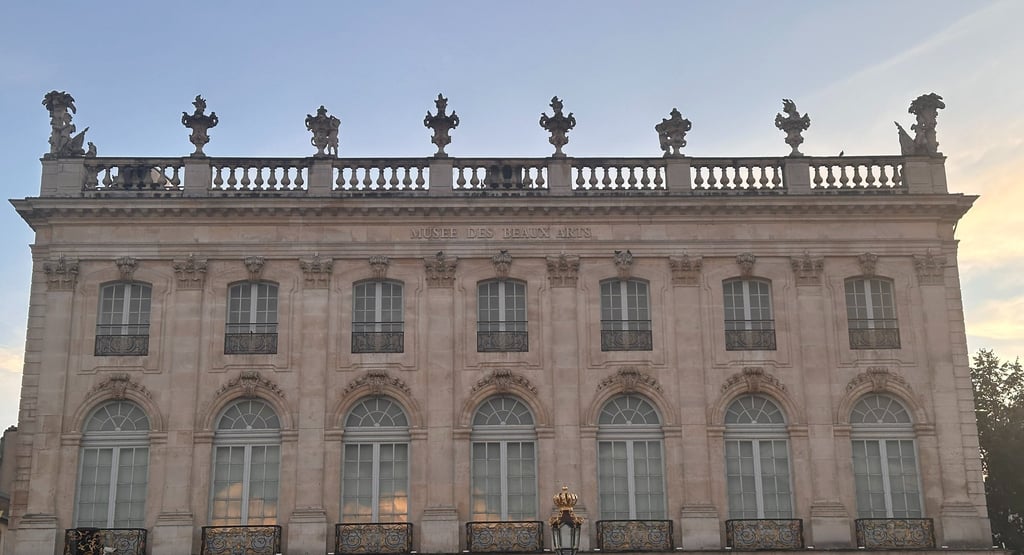

The Musée des Beaux-Arts in Nancy is one of the oldest museums in France. Situated in the renowned Place Stanislas in the lively city centre of Nancy, it serves as a prominent centre for cultural activities. Established in the 18th-century pavilion, it features outstanding architecture designed by King Stanislas's architect, Emmanuel Héré. This remarkable museum houses an extensive collection of paintings, sculptures and decorative arts, and also serves as a cultural hub for exhibitions and events that attract visitors from around the world.
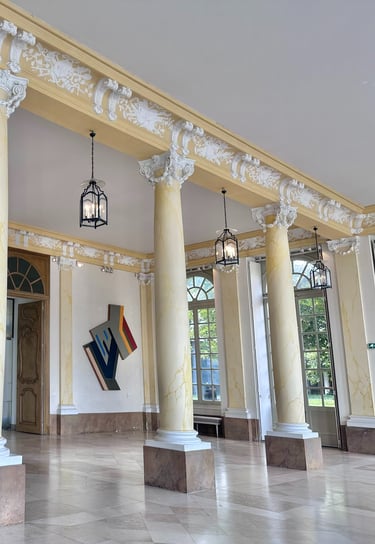

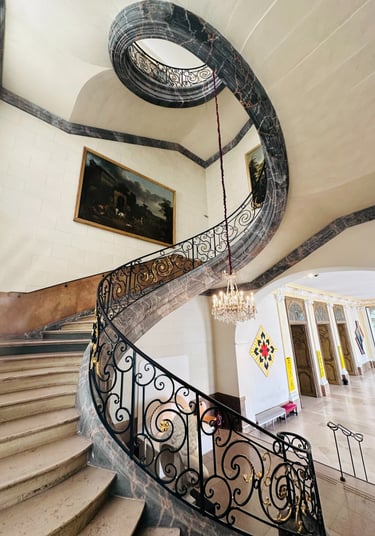

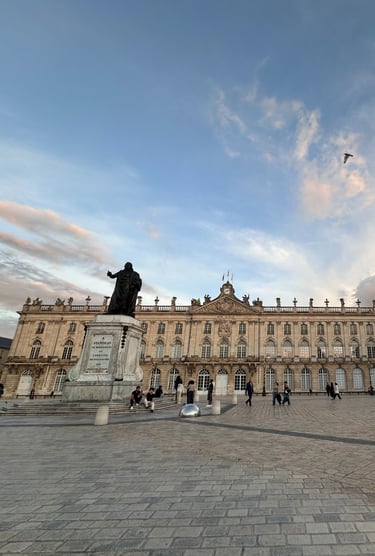

The museum's entrance is adorned with an exceptional peristyle complemented by stunningly coloured stucco and an impressive staircase. This architectural masterpiece is an exquisite example of interior design, adorned with intricate ironwork designed by the talented Jean Lamour. The harmonious blend of colours and materials takes visitors on a sensory journey, captivating their attention and evoking a sense of wonder. As guests step through the entryway, they are immediately immersed in the rich history and artistry that define this remarkable place.
The founding of Nancy Museum exemplifies the birth of museums in France during the French Revolution and Empire. During that time, church property was seized to form museum collections, primarily featuring works from Lorraine, including artists like Bellange. The vibrant art of 17th Century Italy followed, highlighted by Caravaggio, Reni, and Morandi, showcasing the ties between Lorraine and Italy. The Northern schools contributed diverse techniques and styles through artists like Séghers, while property confiscated from emigrants added to genres like landscapes and portraits by Girardet, Claudot, and Vallayer. This influx enriched the cultural landscape, revealing the emotional contexts of a society in transition after the Revolution.
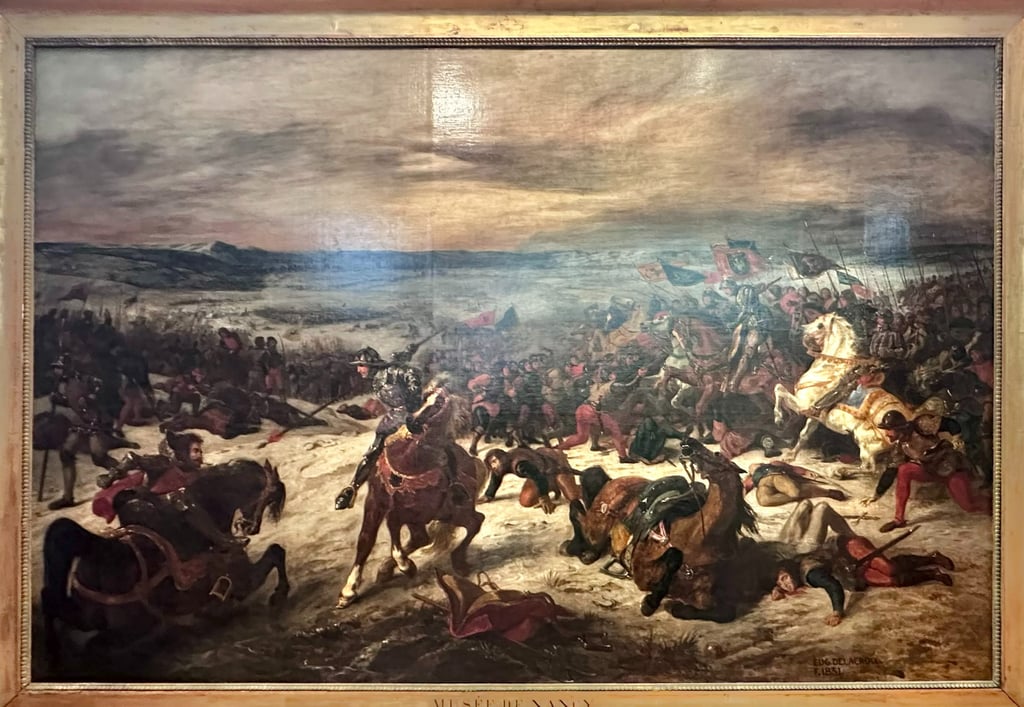

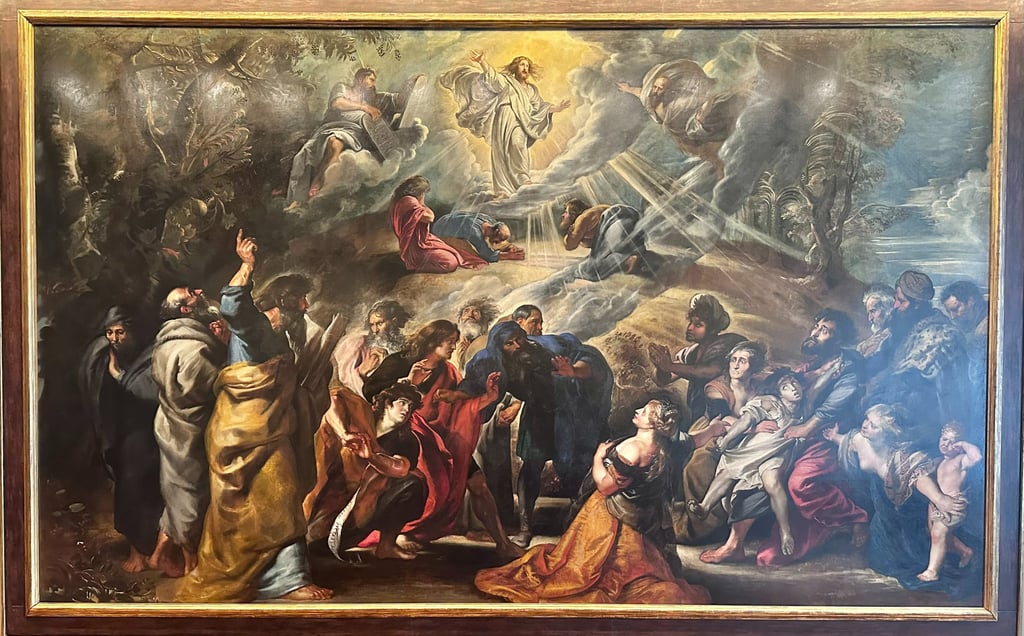

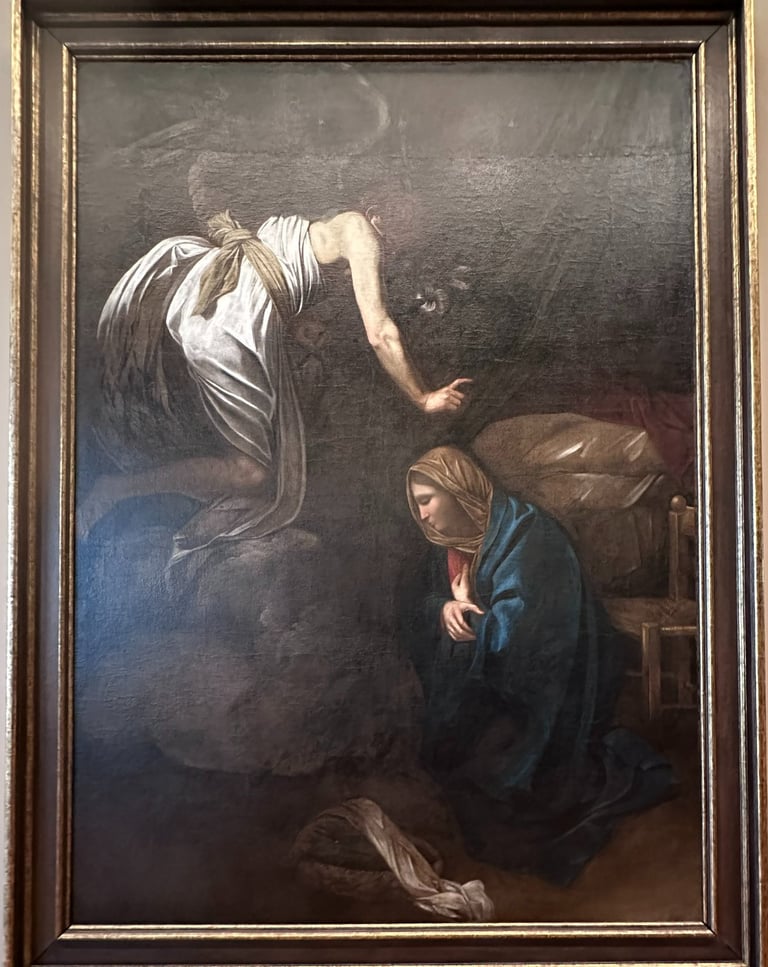

Following the signing of the peace treaty between France and Austria at Château de Lunéville in 1801, the Empire sent a selection of 30 paintings from the Louvre Museum (Central Museum) to the château. Following the festivities, the Meurthe department requested these remarkable works for its museum, and the Emperor generously agreed, recognising their cultural significance and historical value. Consequently, prior to the Chaptal Decree of 1 September 1801, the Nancy Museum received an exceptional collection of 18th Century French paintings, showcasing an array of artistic brilliance that would later contribute to the region's cultural tapestry: These included works by Boucher, Lemoyne, De Troy, Van Loo and Vouet, highlighting the evolution of French art through those transformative years.
The Chaptal Decree of 1 September 1801 was more than just a bureaucratic formality; it was a pivotal moment in the creation of provincial museums across France. Recognising the need to preserve and share artistic heritage, the government dispatched works throughout the country that had come from various sources, including the nationalisation of church property, the confiscation of emigrant property and the numerous seizures carried out by the French armies, particularly during their campaigns in Italy. In Nancy, the first consignment comprised an impressive 44 paintings, curated to reflect the nation's rich artistic history. Most of these masterpieces were from France and came from royal collections, seizures from noble properties, the esteemed Academy of Painting and Sculpture, and the venerable churches of Paris. Other remarkable works came from French conquests between 1794 and 1799. This substantial collection exhibited an encyclopaedic approach, thoughtfully containing examples of paintings from every school, representing diverse movements and periods. The French and Italian schools were the most fully represented, showcasing a wide range of styles and techniques. These were followed closely by the Flemish school, with works by artists such as Champaigne, Perugino, Cigoli, Rubens, and van Hemessen were among those represented. These artists exemplified the pinnacle of artistic achievement and narrated the complex stories of their times through their works, thereby enriching France's cultural landscape for generations to come.
